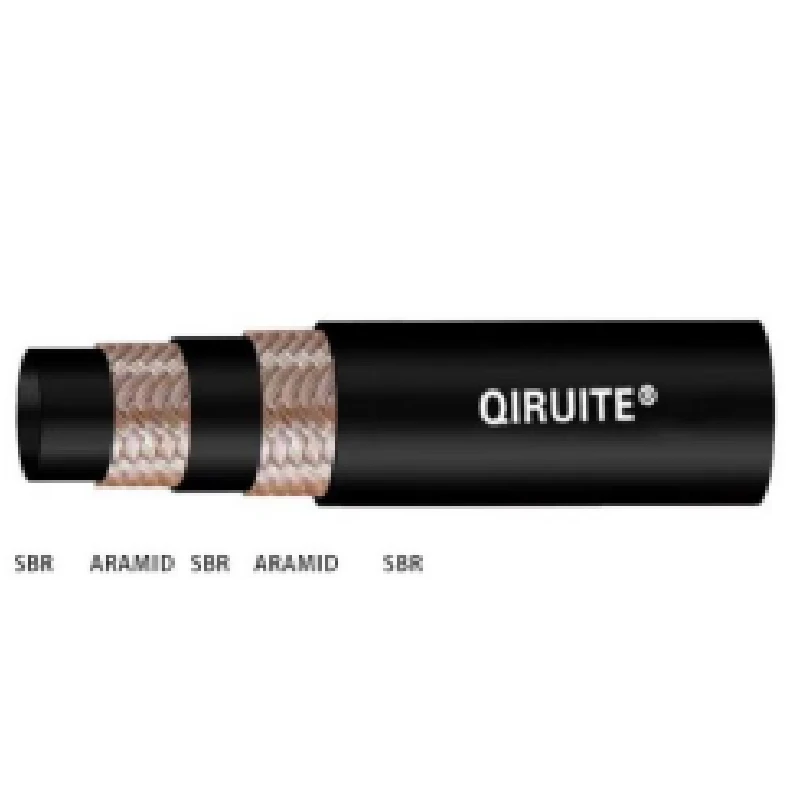Toyota high-pressure power steering hose replacement options and maintenance tips
Understanding the Toyota High Pressure Power Steering Hose Importance, Function, and Maintenance
The power steering system in vehicles serves a critical function, providing drivers with ease of maneuverability and control. Among its various components, the high pressure power steering hose plays a particularly vital role. This article will delve into the importance, function, and maintenance of the Toyota high pressure power steering hose, helping car owners understand its significance and how to keep it in optimal condition.
What is the High Pressure Power Steering Hose?
In a Toyota vehicle, the high pressure power steering hose is an integral part of the power steering system. This reinforced rubber or synthetic hose connects the power steering pump to the steering gear. It is designed to handle the high pressures generated by the power steering pump, which can operate at pressures ranging from 1,000 to 1,500 psi or more.
Function of the High Pressure Power Steering Hose
The primary function of the high pressure power steering hose is to transport hydraulic fluid from the power steering pump to the steering gear. When the driver turns the steering wheel, the power steering pump generates hydraulic pressure, which is transmitted through the hose. This pressure assists in steering the vehicle, making it significantly easier to turn the wheel, especially at lower speeds.
Aside from facilitating steering, the hose also helps in cooling the hydraulic fluid as it circulates through the system. A well-functioning hose ensures that the fluid is delivered efficiently, optimizing the system’s performance and longevity.
Signs of a Failing High Pressure Power Steering Hose
Like any component in a vehicle, the high pressure power steering hose can deteriorate over time due to wear and tear. It’s crucial for Toyota owners to be aware of the signs of a failing hose, including
1. Leaks One of the most common signs is the presence of power steering fluid leaks. This fluid is typically red or pink and will accumulate beneath the vehicle or around the hose connections.
2. Steering Difficulty If you notice it becoming increasingly challenging to steer your vehicle, this could indicate a problem within the power steering system, often linked to a failing hose.
toyota high pressure power steering hose

3. Whining Noises Unusual sounds coming from the steering system, such as whining or groaning when turning the wheel, can suggest that there is insufficient hydraulic fluid due to a hose leak.
4. Fluid Color Change Over time, hydraulic fluid can become dark or contaminated. If the fluid appears discolored or contains debris, it may indicate a failing hose or other issues within the power steering system.
Maintenance Tips for the High Pressure Power Steering Hose
Proper maintenance of the high pressure power steering hose is essential to ensure the longevity and reliability of the power steering system. Here are some tips
1. Regular Inspections Routine checks of the power steering hose for signs of wear, cracking, or leaks can catch problems early before they lead to costly repairs.
2. Fluid Checks Regularly check the power steering fluid level and condition. If it's low, top it off with the manufacturer-recommended fluid type.
3. Flush the System Periodically flushing the power steering fluid can help remove contaminants and prevent degradation of the hose. Follow your vehicle's maintenance schedule regarding this task.
4. Professional Service If you notice any signs of issues with the hose or the power steering system, it’s best to consult a professional mechanic. They can conduct a thorough inspection and replace the hose if necessary.
Conclusion
The high pressure power steering hose is a crucial component of the power steering system in Toyota vehicles, responsible for facilitating smooth steering and vehicle control. Understanding its function and recognizing the signs of potential failure can help drivers maintain their vehicles better. Regular inspections, maintenance, and timely repairs will not only prolong the life of the power steering hose but also enhance overall driving safety and comfort. For any concerns, don’t hesitate to consult a qualified mechanic to ensure your power steering system remains in excellent condition.
-
Ultimate Spiral Protection for Hoses & CablesNewsJun.26,2025
-
The Ultimate Quick-Connect Solutions for Every NeedNewsJun.26,2025
-
SAE J1401 Brake Hose: Reliable Choice for Safe BrakingNewsJun.26,2025
-
Reliable J2064 A/C Hoses for Real-World Cooling NeedsNewsJun.26,2025
-
Heavy-Duty Sewer Jetting Hoses Built to LastNewsJun.26,2025
-
Fix Power Steering Tube Leaks Fast – Durable & Affordable SolutionNewsJun.26,2025

